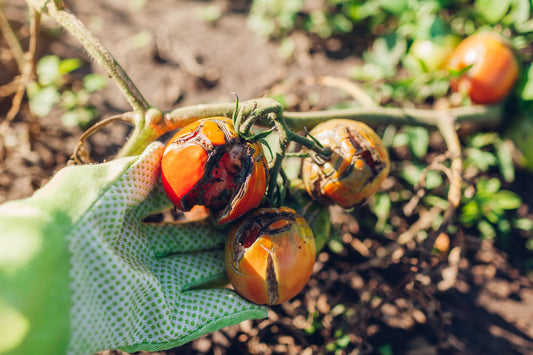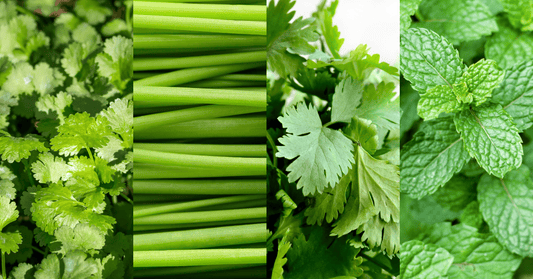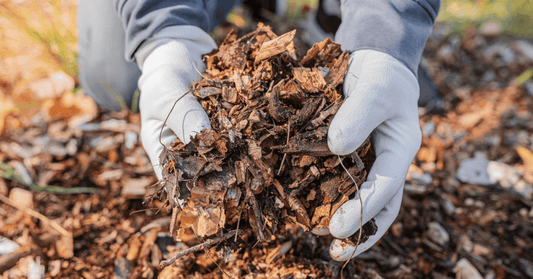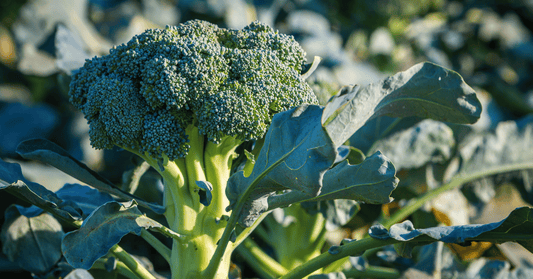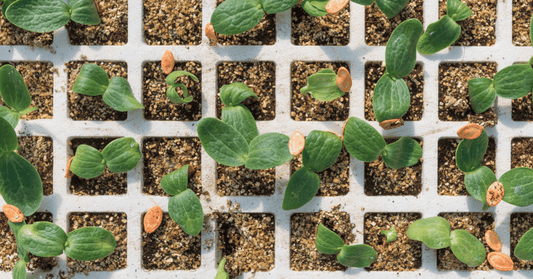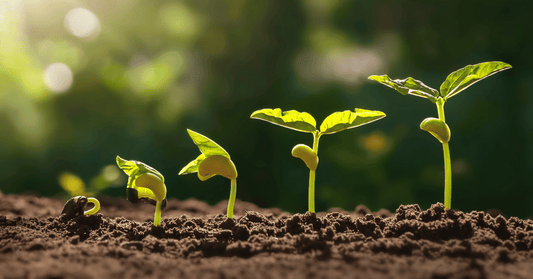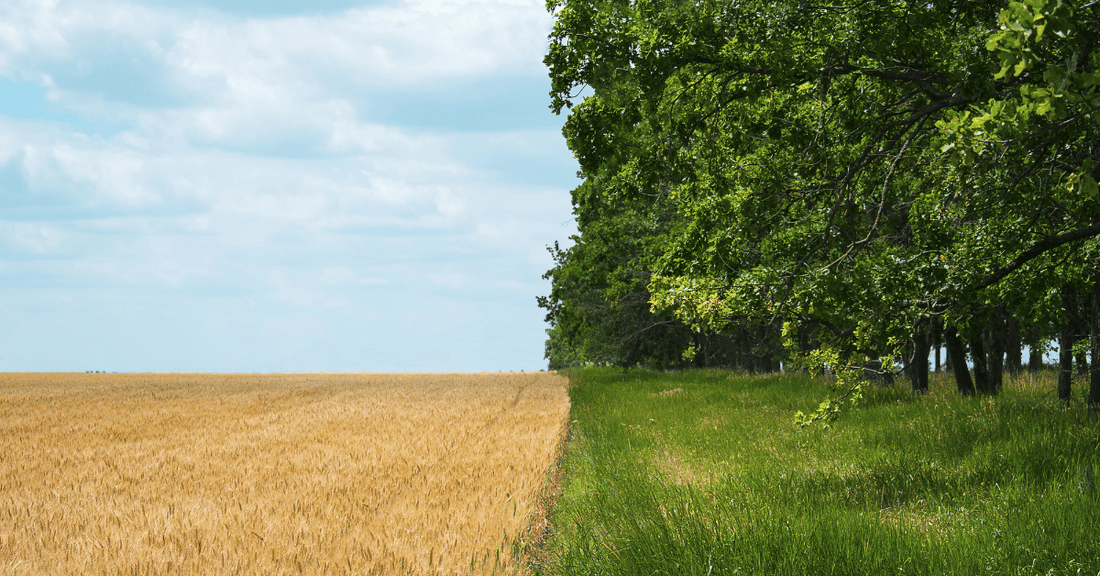
7 Regenerative Farming Practices You Can Start Today
How To Respect and Restore Natural Environments
For many homesteaders, modern farming practices often go against everything they want to achieve with their land. From destructive pesticides to artificial fertilizers, nutrient-barren soil to land bereft of wildlife, modern farming is often seen as taking away from nature instead of working in harmony with the Earth.
Regenerative farming seeks to change the face of modern farming and agriculture. At its heart, regenerative farming principles are focused on soil health and conservation as a means to respect and restore natural environments.
Topsoil is a remarkable part of our ecosystem, and it’s required to grow 95% of the world’s crops. Nutrient-rich topsoil is vital for food production, absorbing carbon from the atmosphere, and filtering rainwater. However, industrial farming practices degrade topsoil by stripping it of its nutrients and making it more susceptible to erosion.
Using regenerative farming practices on your homestead helps to protect the topsoil on your land from erosion and decay. Not only that, but it can actually result in improved crop growth and yield.
Thankfully, it’s easy to get started with regenerative farming. You don’t need tons of fancy products, specialized equipment, or expensive seeds - just a passion for the natural environment and the willingness to adapt to this new way of farming.

1. Composting
Composting is one of the easiest regenerative farming practices you can introduce to your homestead, and it can save you a ton of money in the long run by replacing your reliance on commercial compost.
The vast majority of composts on the market aren’t sustainable, and often use peat harvested from peat bogs. While peat is a nutrient-rich resource, it’s also very slow to regenerate, and peat harvesting is causing the rapid degeneration of natural ecosystems.
Organic, peat-free compost is more sustainable, however, it’s often considerably more expensive.
Composting your waste on your homestead is a cheaper alternative, and it means you can continually add nutrients back into your soil. These nutrients also often last longer than artificial alternatives, allowing your crops to thrive for longer.
The great thing is that you don’t even need a compost bin to get started. You can DIY a compost heap with pallets, or you can simply dig your organic waste into a trench to allow it to decompose. So, even if you don’t have the budget to purchase commercial composting bins or tumblers, you can still start enriching your topsoil with compost.

2. Cover Cropping
Crop roots help to prevent topsoil erosion, capture more CO2 from the atmosphere, and return nutrients to the soil. They can also prevent run-off of fertilizer, helping to hold more nutrients in the ground for later use.
One of the best things about cover cropping is that, because you’ve got a useful crop using (and returning) nutrients to the soil, this vastly reduces the prevalence of weeds on your cropland.
Because weeds don’t have space to grow and leech beneficial nutrients from the soil, and because the land isn’t left bare, you can retain your nutrient-rich topsoil ready for your primary crop in the following season.
Not only that, but certain cover crops can actually improve the crop quality and yield of your primary crop. For example, legumes capture nitrogen from the atmosphere and transfer it to the soil, which is a brilliant way to improve the crop of nitrogen-loving plants like lettuce, sweetcorn, bok choy, and kale.
Many regenerative farmers, and particularly those that keep animals, use crops like clover, millet, or oat as a cover crop as part of their managed grazing system.
3. Crop Rotation
Industrial farming, and particularly farming practices that focus on monocultures, often leave the soil imbalanced. This usually results in needing artificial fertilizers to balance the land again, which can cause further issues with water run-off, biodiversity, and topsoil erosion.
Crop rotation involves, as you can imagine, rotating the crops that you grow on your land to take advantage of the available nutrients. So, you’ll aim to grow complementary crops that use different nutrients to their advantage, encourage helpful wildlife and insects, or mimic natural plant diversity so you’re making full use of the nutrients your soil offers.
This does take time to plan, and it’s worth doing your research into crops that grow well either alongside or following a harvest of your primary crop. However, it’s well worth taking the time to understand this. It’ll mean you can expand your revenue stream to include different crops and reduce your reliance on artificial fertilizers

4. Animal Integration
If you care for livestock on your homestead, you can also consider allowing them to graze and forage on the same land you use for crops.
By using this in tandem with cover cropping, you can return more nutrients to the soil through manure produced by your animals. Not only that, but your livestock can do the hard work of digging the manure into the soil for you and pulling up weeds and roots from your last harvest so your land is ready for cultivation in the following year.
We love this practice because allowing your animals to graze on cover crops can also drastically reduce your livestock feed costs while providing a healthy and nutritious food source. It also means you don’t have to cart manure from your livestock to your farmland before each growing season, which saves you a strenuous (and stinky) job!
5. No-Till Farming
Most farmers initially learn that the soil needs turning over, or tilling, before planting to ensure the soil is loose, aerated, and has a good mix of organic nutrients available for growing plants. However, tilling isn’t always necessary, and not tilling your land can have significant benefits.
By leaving your soil undisturbed, you can vastly increase the diversity and abundance of soil microbes and insects, both of which can help improve the soil structure and increase crop quality and yield.
Plus, not tilling your soil helps it to use water more efficiently, so you may find you have to water your crops less or that your land floods less during heavy rains.
If you’re integrating livestock onto your cropland during the off-season, you might also find that it’s unnecessary to till your land, as they will naturally dig in manure and churn the soil as they move and forage.

6. Managed Grazing
Similar to animal integration, managed grazing means that you allow your livestock to graze on a portion of your cropland at a time. Instead of giving them free rein, though, you use portable fences to focus them on smaller divisions at a time.
This can help in several ways. It’s a great way to feed your livestock while getting them to clear your cropland ready for your next planting cycle, whether that’s because you’ve got weed growth you need to clear or plants and roots remaining from the previous harvest.
Plus, you also get the benefit of having your animals work their manure into the topsoil, which adds more organic matter back to your topsoil. Given that your animals won’t be grazing on all of your cropland at the same time, you also get the added benefit of giving your soil time to regenerate after being harvested and used for grazing.
7. Silvopasture
Silvopasture is a regenerative farming practice that takes time to plan, but it’s well worth it if you’re prepared to invest the time and energy it takes to make this work. At its heart, this practice means growing trees and rearing livestock on the same land.
This means you can make more efficient use of your land, as it allows for natural foraging crops to be grown between the trees to feed your animals. Most importantly, introducing trees to your grazing land reduces soil erosion, improves nutrient cycling, provides habitats for native wildlife, and captures CO2 from the atmosphere.
By allowing animals to graze between your trees, they can also provide nutrients through their manure while the trees provide them with shade and protection from harsh weather.
It also helps you to maximize your revenue stream from one plot of land, as you’ll be able to sell your tree crops in addition to livestock production.

Regenerative Farming: In Summary
Homesteading is increasing in popularity because it’s a way of life that naturally allows you to live in a way that’s more in harmony with nature.
While industrial farming has led to artificial fertilizers, pesticides, and destructive farming practices being commonplace, owning land gives you the chance to use regenerative farming practices that preserve the integrity of the soil for years to come.
Learn more about regenerative farming at Kiss the Ground, Regenerate America
